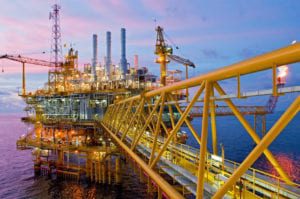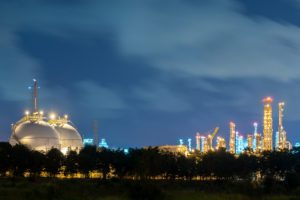This audio was created using Microsoft Azure Speech Services
My previous blog introduced the five “Process Demand Functions”, which are the things you can do to an industrial process to make it more efficient. This should be the focus of an industrial process facility, because on average 84% of energy consumed is on the process floor.. The ensuing discussion generated the question “How do I get started”? Here’s a roadmap:
FIVE STEPS: HOW TO TRANSITION FROM FACILITIES ENERGY MANAGEMENT TO INDUSTRIAL PROCESS ENERGY MANAGEMENT
- Turn data into information by linking together the energy assets already in place:
- Almost every industrial facility has an installed base of meters within motor control centers and near electrical switchgear that are rarely looked at until there’s a power outage or quality problem. Linking these devices together on a locally available Ethernet network is a simple first step. Use a simple supervisory control and data acquisition (SCADA) screen to establish baseline, identify simple trends, and correlate utility bills with production areas to determine priorities.
- Put energy in the CONTEXT of production output:
- Other production materials and labor are measured in KWh per widget, per gallon or per ton —a common practice for greater control of production cost and waste management. The same concept applies to energy management systems. This involves linking together the meter data of step #1 with production data, which is already in your automation system.
- Develop an energy MODEL to accurately predict energy use based on production forecast:
- As contextual energy data from step #2 is compiled, the data can be best leveraged by creating an energy forecast model. This model can be used to predict energy demand based on production forecast, which is a key tool in managing peak demand threshold.
- Detect and analyze ENERGY EVENTS:
- With the energy model described in step #3, it is easy to capture the cause of energy events, which occurs whenever the forecast model is violated (more energy is consumed by the process than the model predicted). Each time this happens, the energy management system can capture all of the process conditions occurring at that time.
- AUTOMATE energy optimization:
- Once the ideal production settings become more apparent from step #4, the programs within the existing automation systems can be gradually adjusted and enhanced to allow for automated efficiencies that could not have been previously identified.
Advancing the scope of your energy management initiatives beyond the facility systems into the process not only provides a much larger playing field but also, the opportunity to improve production efficiency with the same investment dollar.
Do you think your facility is ready for this transition? If not, please comment on this blog to indicate the challenges you might have to face.

